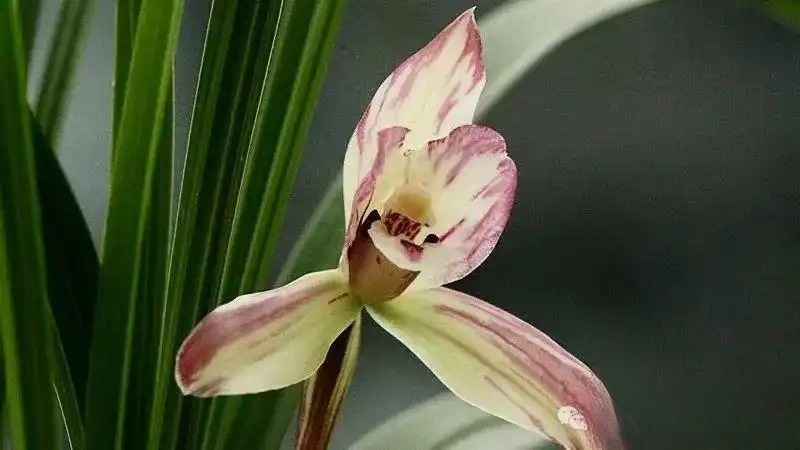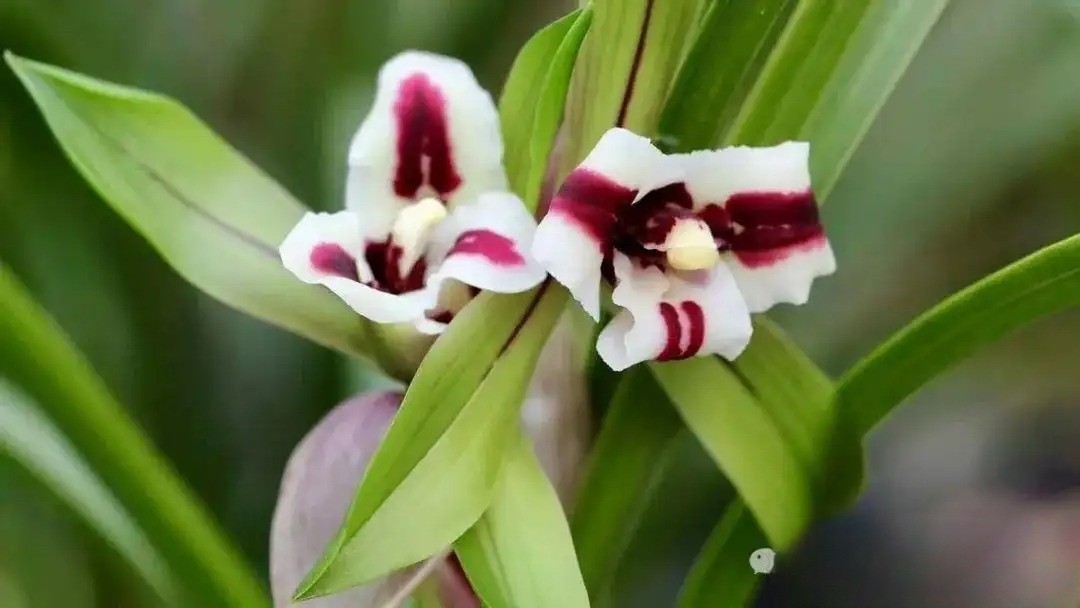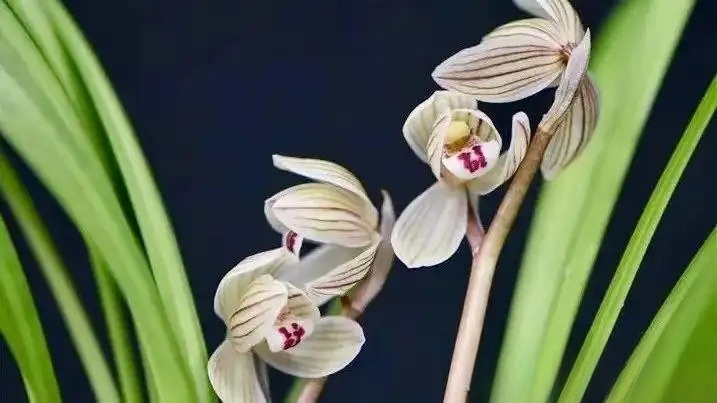Orchid Flowering Management and Flower Protection
In the world of flowers, orchids have won the favor of countless flower lovers with their unique charm. Their elegant temperament and graceful fragrance make orchids the best among ornamental flowers. However, the beauty of orchids is not easy, especially the management of their flowering period, which requires careful care from flower lovers. Flower protection and post-flowering management are the two core links of orchid flowering management, which are directly related to the growth status and ornamental value of orchids.

1. Protect flowers and ensure that they bloom brilliantly
Protecting and preserving flowers is the primary task of orchid management during the flowering period. In the growth process of orchids, the formation and development of flower buds are crucial. However, too many flower buds are not a good thing. Instead, they will consume too much maternal nutrients, affecting the formation of leaf buds and the growth of seedlings. Therefore, appropriate flower thinning has become the first step in protecting and preserving flowers.
During the flower thinning process, we should remove some of the weaker flower buds as early as possible, leaving 3 to 5 per pot. This can not only ensure adequate nutrient supply, but also make the remaining flowers fuller and brighter. For precious orchid varieties, in order to protect their quality and development, you can even remove all the flower buds and wait for cultivation next year.
In addition to flower thinning, protecting the flowers is also an important part of protecting and preserving flowers. During the growth of orchids, factors such as temperature, humidity, and light will affect them. Therefore, we need to regulate the temperature and humidity according to the growth habits of orchids to avoid rotting the flower buds. In winter, special attention should be paid to protecting the early flower stalks from frost damage.
At the same time, proper light is also essential from the bud elongation period to the flowering period. Light can not only promote the fullness and bright color of the flowers, but also make the orchid more shiny. Of course, during the light exposure process, we also need to pay attention to avoid direct sunlight to avoid damage to the orchid.
In addition, pest and disease prevention is also an important part of flower protection. The occurrence of pests and diseases will directly affect the healthy growth of flower buds and flowers, and may even cause the death of orchids. Therefore, we need to strengthen pest and disease prevention to ensure the healthy growth of orchids.

2. Post-flowering management: prepare for flowering next year
After the flowers bloom, it does not mean that the maintenance work of orchids can be relaxed. On the contrary, post-flowering management is equally important, which is related to the flowering and overall growth of orchids in the next year.
First of all, we need to pick the flowers in time. If the flowers bloom for too long, they will consume a lot of nutrients, affecting germination, leaf growth and flowering. Therefore, after the flowers wither, we should promptly break off or cut off most of the flowers, leaving only 1-2 stalks per pot. This can not only avoid nutrient waste, but also prepare for the next year's flowering.
Secondly, in the post-flowering management, we also need to pay attention to the daily maintenance of orchids. Watering, fertilizing, pruning and other work need to be done carefully. When watering, pay attention to the right amount and time to avoid being too dry or too wet; when fertilizing, choose the right fertilizer according to the growth of the orchid and control the amount; when pruning, remove dead leaves, diseased leaves and other unfavorable factors in time to keep the orchid clean and beautiful.
In addition, we also need to pay attention to the growth environment and soil conditions during the maintenance of orchids. Orchids like a well-ventilated and moderately humid environment, so during the maintenance process, we must maintain air circulation and avoid excessive watering that causes root rot. At the same time, orchids have relatively high requirements for soil and need to be cultivated in soil with good air permeability and rich nutrients.
3. Inheriting culture: Appreciating the charm of orchids
Orchids are not only beautiful flowers, but also a symbol of culture. In traditional Chinese culture, orchids are endowed with noble and elegant qualities and have become one of the favorite subjects of literati and poets. Therefore, in the process of caring for orchids, we also need to pay attention to the excavation and inheritance of their cultural connotations.
By caring for orchids, we can have a deeper understanding of their growth habits and maintenance techniques, thereby cultivating healthier and more beautiful orchids. At the same time, we can also appreciate the beauty and fragrance of orchids to feel their unique charm and appreciate their cultural connotations and spiritual values.

In summary, the management and protection of orchids during their flowering period is a profound and delicate art. Through appropriate flower thinning, flower protection, post-flowering management, and attention to the inheritance and excavation of cultural connotations, we can make orchids bloom more beautiful and add elegance and tranquility to our lives. At the same time, orchid maintenance is also a process of self-cultivation, allowing us to find peace and tranquility in our busy lives.
In the days ahead, let us continue to explore the ways to care for orchids so that this beautiful flower can bloom more brilliantly in our lives. At the same time, we also hope that more people can join the ranks of orchid care to jointly inherit and promote this excellent traditional culture so that the beauty and fragrance of orchids will always be with us.




 Essentials for Growing Orchids
Essentials for Growing Orchids



